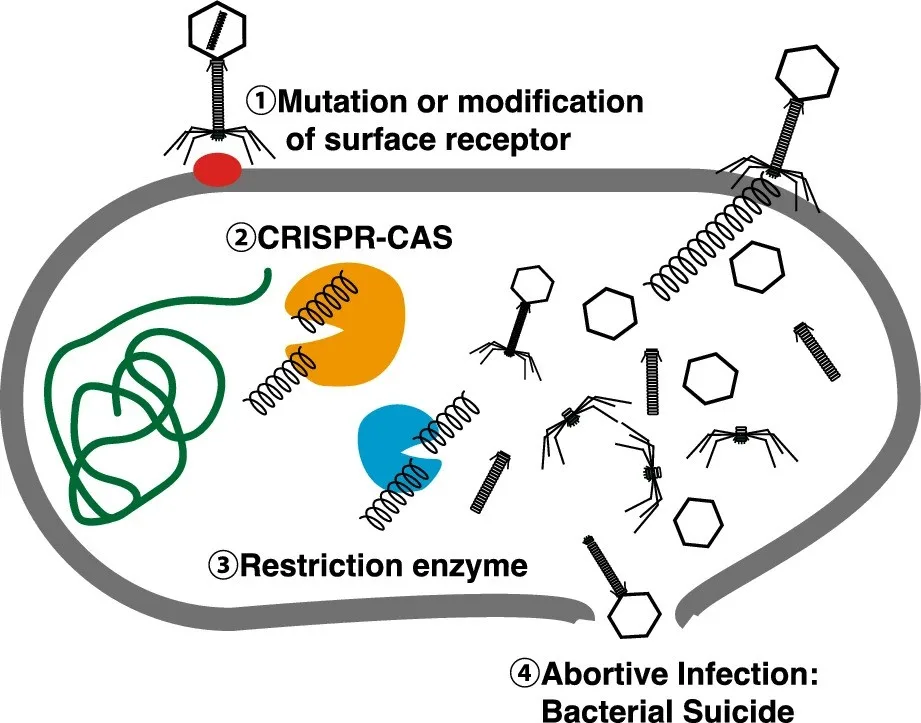
Bacteria acquire phage resistance.
The increasing prevalence of antibiotic-resistant bacteria presents a critical global health challenge. According to the WHO, 1.27 million deaths in 2019 were linked to resistant infections, and by 2050, fatalities from these infections are projected to exceed those caused by cancer.
The Role of Phage Therapy
As an alternative to antibiotics, bacteriophage (phage) therapy utilizes viruses that specifically target and eliminate bacteria. This approach has shown promise in treating severe infections, particularly those caused by multidrug-resistant (MDR) bacteria:
- Successful treatment of patients with panresistant Pseudomonas aeruginosa
- Recovery from systemic Acinetobacter infections following phage administration
Advantages and Challenges
Key benefits of phage therapy include:
- High specificity – Targets only the harmful bacteria, preserving the microbiome
- Potential synergy with antibiotics – May enhance treatment effectiveness
Challenges and ongoing research efforts:
- Bacterial resistance to phages – Addressed through phage selection and combination strategies
- Phage specificity – Requires precise matching of phage to bacterial strain
Global Developments in Phage Therapy
- Belgium has established a national phage bank to facilitate clinical applications.
- The United States is advancing research through Innovative Phage Applications and Therapeutics (IPATH) at UC San Diego.
Phage therapy is emerging as a key component of personalized medicine, offering a promising treatment option for patients with life-threatening bacterial infections. Continued research and clinical trials are essential to further establish its role in combating antibiotic resistance.
Figure Description: There are several mechanisms through which bacteria can gain resistance to phages, as follows: ① mutation or modification of surface receptors, ② the CRISPR‒Cas system, ③ restriction-modification system, and ④ abortive infection
Image Credit: Sawa, T., Moriyama, K. & Kinoshita, M. j intensive care 12, 44 (2024).
